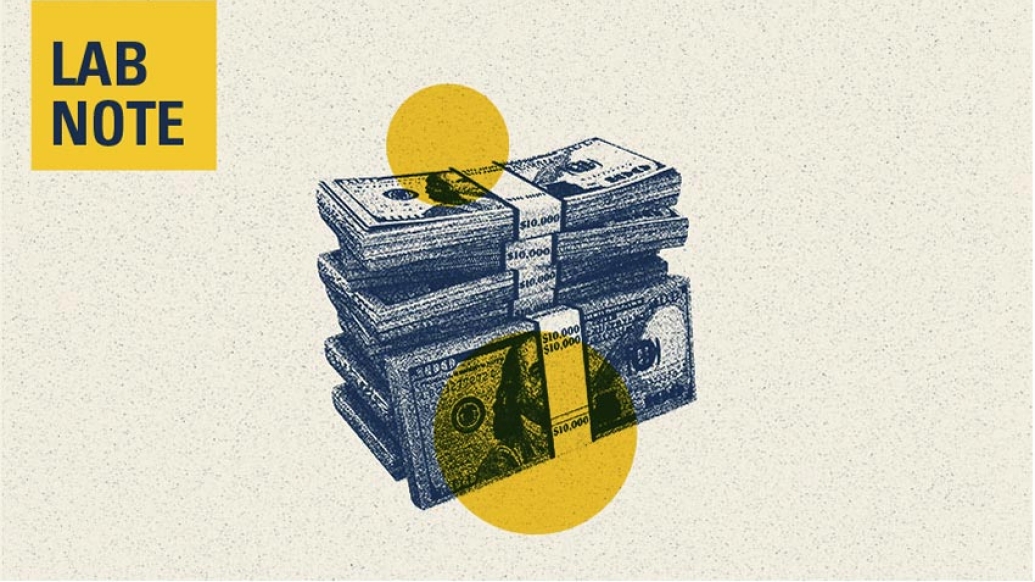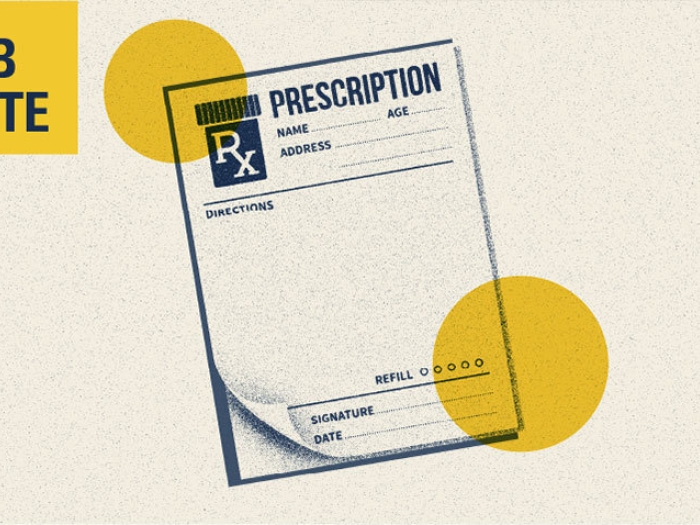Children and adults with high deductible health plans are paying significantly more for the life-saving medication even as competitors to EpiPen became available.
12:08 PM
Author |

People with severe allergies now have more choices for which epinephrine auto-injector to carry in case they suffer a life-threatening attack, and most pay less for it than they did when the EpiPen was the primary option, a new study shows. But for a significant minority, the amount they pay has stayed high – largely due to their health insurance plans.
"Our findings suggest that the availability of lower-priced competitors did not solve the affordability problem for all patients who use epinephrine auto-injectors, particularly those covered by plans that require deductible and co-insurance payments for drugs," said lead author Kao-Ping Chua, M.D., Ph.D., a U-M pediatrician and member of the Susan B. Meister Child Health Evaluation and Research (CHEAR) Center and the U-M Institute for Healthcare Policy and Innovation. Chua and his co-author, Rena Conti from Questrom Boston University School of Business, recently published their findings in the Journal of General Internal Medicine.
The same authors previously published a study in 2017 which analyzed the amount privately insured Americans paid each year for the branded EpiPen between the years 2007 and 2014. At the time, EpiPen dominated the epinephrine auto-injector market, with little competition. The authors found that out-of-pocket spending for the EpiPen doubled, largely because its list price tripled.
For their new study, the authors analyzed 2015-2019 data from 657,813 children and adults using the IBM MarketScan Commercial Database, a national claims database from 28 million Americans with private employer-sponsored insurance. During this period, the branded EpiPen faced increasing competition, including from its own lower-priced authorized generic, the authorized generic of Adrenaclick. and a generic auto-injector manufactured by Teva.
Th authors found that mean annual out-of-pocket spending for epinephrine auto-injectors peaked in 2016 at $116 and began to decrease in 2017, when patients increasingly shifted away from the EpiPen to lower-priced competing products. By 2019, mean annual out-of-pocket spending had fallen to $76, and 60% of patients paid $20 or less for epinephrine auto-injectors.
Despite this improvement, 1 in 13 patients paid more than $200 for epinephrine auto-injectors in 2019. Among these patients, 62.5% were enrolled in high-deductible health plans. These plans cover approximately 30% of privately insured Americans and had a minimum deductible of $1,350 for individuals and $2,700 for families in 2019. Researchers say 63.3% of the patients paying more than $200 per year were children. Chua believes this is partly because children need to fill prescriptions more often than adults so that they can have epinephrine auto-injectors both at home and school.
Almost two-thirds of patients paying more than $200 per year only used lower-priced non-branded products, like the authorized generics of EpiPen and Adrenaclick. Among these patients, mean annual out-of-pocket spending was over $650, and 88% of this was in the form of deductible and co-insurance payments.
Although Chua indicates that the overall affordability of epinephrine auto-injectors has improved since the introduction of competing products, he believes there is still more to be done for patients and families who are paying hundreds of dollars a year for a medication that could mean the difference between life and death.
"Our study shows patients can still pay a lot even if they use lower-priced epinephrine auto-injectors. To improve affordability for these patients, insurers could consider capping the out-of-pocket cost of non-branded auto-injectors. Alternatively, the federal government could consider a federal cap similar to the one currently being discussed for insulin," Chua said.
SEE ALSO: Insulin Cost-Sharing Caps May Help Kids, Young Adults with Type 1 Diabetes
Paper cited: "Out-of-Pocket Spending on Epinephrine Auto-Injectors Among the Privately Insured, 2015–2019," Journal of General Internal Medicine. DOI: 10.1007/s11606-022-07694-z

Explore a variety of healthcare news & stories by visiting the Health Lab home page for more articles.

Department of Communication at Michigan Medicine
Want top health & research news weekly? Sign up for Health Lab’s newsletters today!





